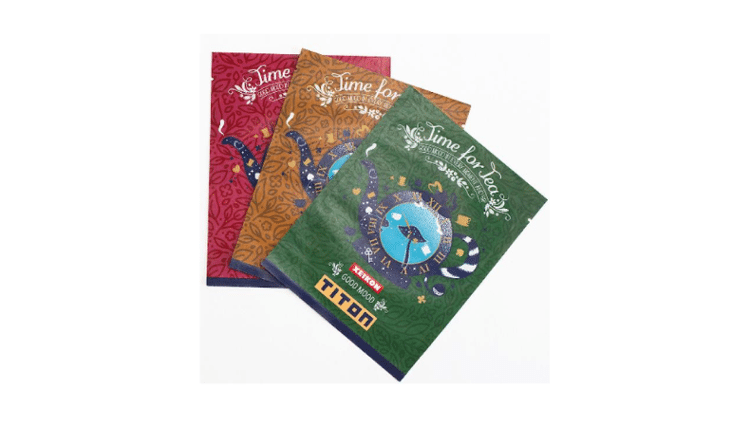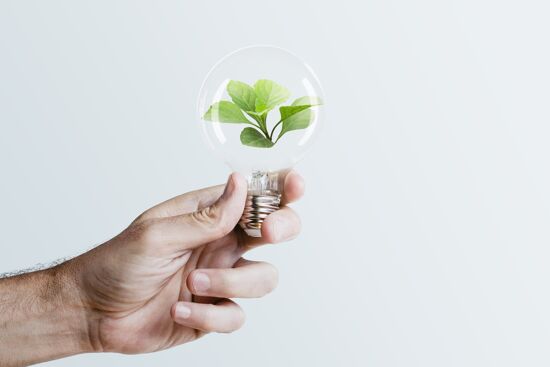Xeikon and Sappi collaboration

Sappi, the world’s leading maker of flexible packaging papers and Xeikon, the top webfed digital press developer and manufacturer, are working together on a new packaging product. The paper-based material and colorant is expected to save resources while ensuring high print image quality, recyclability and food safety.
As one of the founders of the colour digital printing industry, Xeikon has many years of experience for printing digital colour across a range of applications. Working with Sappi, the company is deploying its knowledge of acqueous and UV inkjet and dry toner printing to develop printable paper based flexible packaging printed with high performance toners.
Crucial to the project is the ink, so Xeikon has developed a new formualation of its Titon dry toner. For food packaging inks must resist temperature extremes and be odourless, tasteless, scuff reisistant and safe with no risk of ink migration. ACM Plastic, a Xeikon customer in Italy, is already producing packages using the Sappi barrier paper.
Xeikon has developed a new formula for its Titon toner. The company claims that the new recipe combines the best characteristics of toners and UV inks. To its food-safe and odourless qualities, Titon now adds resistance to scuffing and chemicals which are two of the main attractions of UV inkjet inks. Titon can withstand high temperatures (up to 220-260°C), so it is suitable for self-heating foods. And the new version of Titon can be printed directly onto paper-based packaging materials without needing varnishing or lamination to protect the print.
We are seeing quite a few innovation and cooperation agreements of this kind as part of the industry’s efforts to replace plastics with paper based packaging that can be recycled. The combination of population growth and new product development, especially when it comes to Fast Moving Consuner Goods (FMCGs) puts greater pressure for more sustainable materials on our industry. Every glance at the supermarket shelves shows us yet more versions of what are basically the same thing, but packaged differently to tempt us to buy. This excess has become a major contributor to waste. The reprocessing and recyclability of materials must be prioritised in order to minimise the negative environmental impact of print.
Sustainability is the goal for these cooperations because suppliers recognise that in order to ensure the sector’s long-term sustainability, manufacturers of substrates and printing systems need to work together on substrate and ink innovations. Expect to see more of the same and an even more sustainable printing industry.
Source Information: This article was produced by the Verdigris Project, an industry initiative intended to raise awareness of print’s positive environmental impact. This weekly commentary helps printing companies keep up to date with environmental standards, and how environmentally friendly business management can help improve their bottom lines. Verdigris is supported by the following companies: Agfa Graphics, EFI, Fespa, Fujifilm, HP, Kodak, Miraclon, RicohSplash PR, Unity Publishing and Xeikon.
Cover Image Credit: this image was taken from Sappi website.
Topics
Recent news

Kodak's 2024 Sustainability Report: A Commitment to a Greener Future
Kodak's 2024 Sustainability Report, "One World, One Kodak," demonstrates a strong commitment to environmental and social responsibility. The report highlights impressive reductions in greenhouse gas emissions (56%) and water withdrawal (31%) and aims for zero waste by 2025. Notably, Kodak is pioneering double materiality assessment in the printing industry, aligning sustainability with financial reporting, and showcasing its products' environmental benefits.

How can printers lower costs on energy usage?
Clare Taylor outlines simple steps for businesses to achieve energy sustainability, focusing on cost savings and staff comfort. It emphasises starting with measuring energy consumption to identify key areas for improvement. Subsequent steps involve managing energy use through behavioral changes and low-cost interventions, like optimizing cooling settings and ensuring equipment is switched off when not needed.

The European Union's circular economy plan
Printing companies must understand the EU's Circular Economy Action Plan (CEAP), part of the European Green Deal. These initiatives drive sustainability, impacting businesses globally, even if not EU-based, through customer requirements. Printers need to be aware of reporting and sustainability expectations to manage risks and retain clients.

A revised look at sustainability in wide format print
Sustainability is crucial for wide-format print, moving beyond marketing to an imperative driven by brands and regulations. Common "eco" claims often mask complexities; true sustainability demands carbon reduction as a core principle. Life Cycle Assessment (LCA) offers data-driven insights for genuine environmental improvement, as demonstrated by UFABRIK's transparent approach.